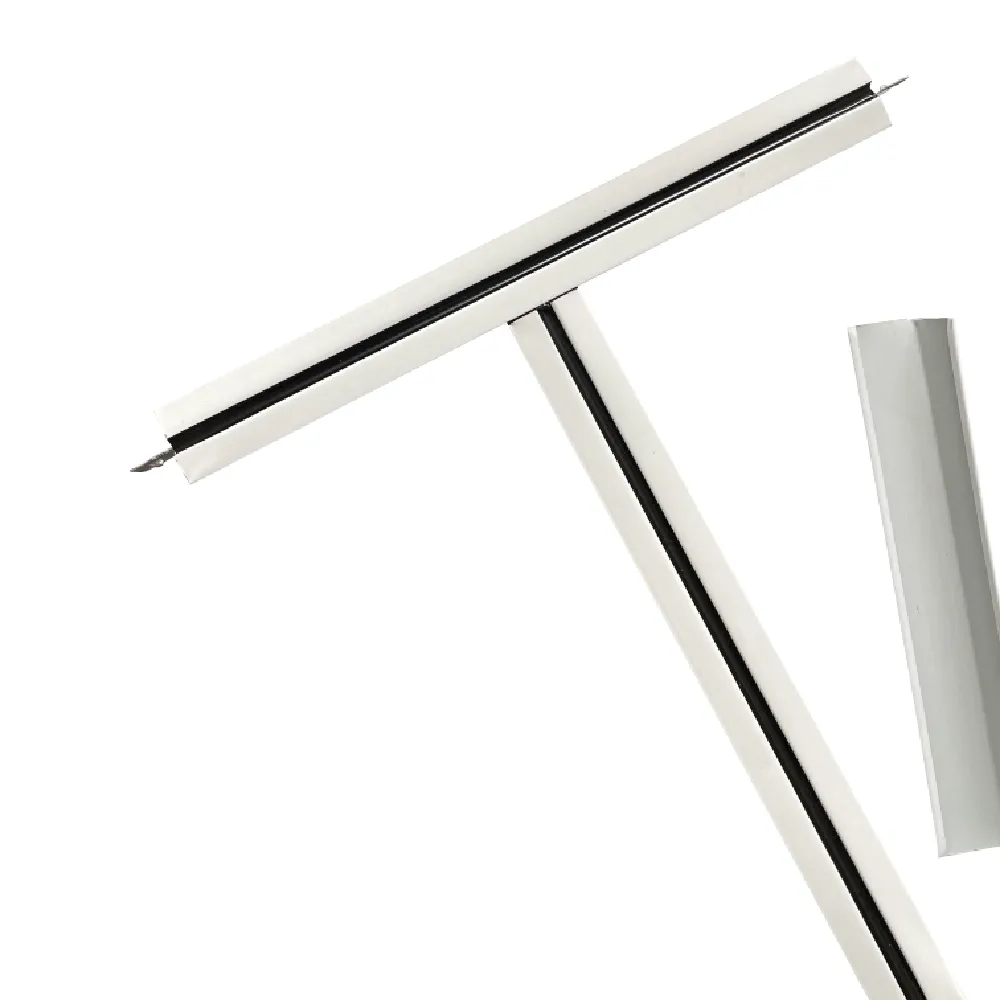Dec . 11, 2024 12:01 Back to list
access panel for drywall ceiling
Understanding Access Panels for Drywall Ceilings
Access panels are a crucial element in many construction and renovation projects, particularly in ceilings made of drywall. These panels offer a convenient solution for accessing hidden utilities, plumbing, or electronic systems without extensive demolition or disruption to the aesthetics of a space. This article will explore the importance of access panels for drywall ceilings, their benefits, types, and installation considerations.
What is an Access Panel?
An access panel is a removable or hinged panel that provides entry to concealed areas, typically behind walls or ceilings. They are commonly used in residential and commercial spaces to allow easy access to mechanical systems, electrical wiring, HVAC components, and plumbing fixtures that might require maintenance or inspection over time.
Importance of Access Panels in Drywall Ceilings
In drywall ceilings, access panels serve various essential functions
1. Maintenance Simplification Installing an access panel makes it easy for maintenance technicians to reach vital systems without needing to cut into the drywall. This minimizes repair costs and time while ensuring that routine checks or emergency repairs can be executed efficiently.
2. Aesthetics Access panels can be designed to blend seamlessly into drywall ceilings. Many modern panels come with a paintable surface that allows them to be finished to match the surrounding ceiling, thus maintaining the visual continuity of the space.
3. Safety By providing an easy-entry point to vital systems, access panels contribute to safety by ensuring that urgent repairs can be conducted quickly, potentially preventing hazardous situations from developing.
Types of Access Panels
When considering an access panel for drywall ceilings, it is vital to understand the variety of options available
access panel for drywall ceiling

1. Plastic Access Panels These are lightweight and often used in less critical areas. They are generally easier to install and can come with a variety of finishes to suit different design needs.
2. Metal Access Panels Typically used where durability and security are a concern, metal panels are more robust and can hold up better under stress. They are often found in industrial settings or areas where impacts might occur.
3. Insulated Access Panels These are designed for use in environments where temperature control is essential. Insulated panels help maintain energy efficiency and prevent unexpected temperature loss.
4. Fire-Rated Access Panels In areas subject to fire codes, fire-rated access panels are essential. These panels are designed to provide a barrier against the spread of fire and smoke, meeting specific building safety standards.
Installation Considerations
Installing an access panel in a drywall ceiling involves several essential steps
1. Planning Prior to cutting into the drywall, careful planning is necessary. Identifying the systems that need access and locating the panel in a convenient and discreet location is crucial.
2. Cutting the Drywall Once the panel's location is established, a square or rectangle will need to be cut from the drywall. Precise measurements are necessary to ensure that the access panel fits snugly.
3. Securing the Panel After the drywall is cut and the panel is inserted, it must be secured properly. This can involve screwing it into place or using adhesive, depending on the panel type.
4. Finishing Finally, to maintain aesthetic appeal, the panel can be painted or textured to match the drywall surface.
Conclusion
Access panels are indispensable in ensuring the practicality and maintainability of drywall ceilings. Understanding their types and functionalities leads to better decision-making in both residential and commercial projects. By allowing easy access to crucial systems, these panels not only enhance the efficiency of maintenance but also contribute positively to the overall design and safety of a space. As you embark on your next renovation or construction project, consider how access panels could meet your needs effectively.
-
Durable Ceiling T Grid Systems | Easy InstallationNewsAug.29,2025
-
PVC Gypsum Ceiling: Durable, Laminated Tiles for Modern SpacesNewsAug.28,2025
-
Pvc Gypsum Ceiling Is DurableNewsAug.21,2025
-
Mineral Fiber Board Is DurableNewsAug.21,2025
-
Ceiling Tile Clip Reusable DesignNewsAug.21,2025
-
Ceiling T Grid Modular DesignNewsAug.21,2025







